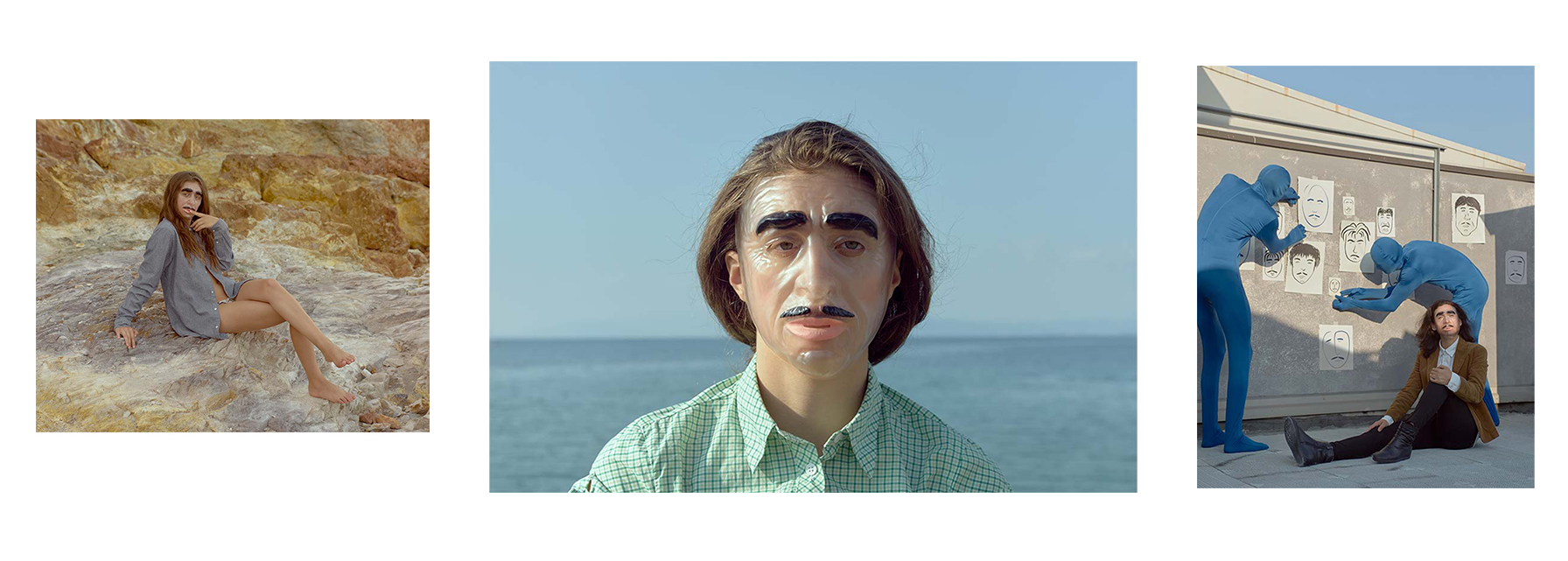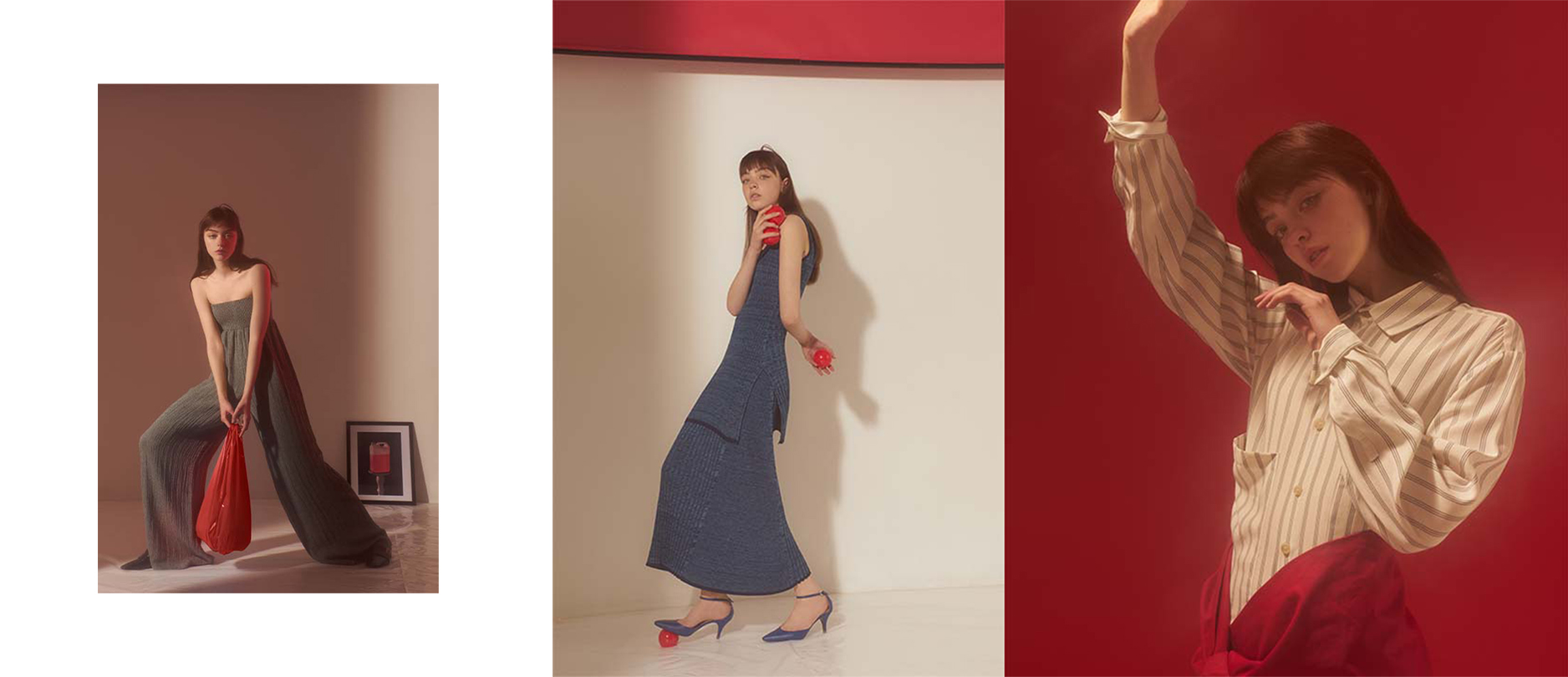Chaos and Creation: Ivo Sekulovski
Unframed11 Aralık 2018
Ivo Sekulovski’ye göre işin kilit noktası gözlem yapmak. Her şeyin bir sebepten meydana geldiğini fark ettiği an bardağın dolu tarafını görmeye başlamış. İşlerinin ardındaki ilhamlar günlük hayattan anatomik illüstrasyonlara ve insanların iç dünyalarının anlatılmasına dek geniş bir yelpazede seyrediyor. Sekulovski içinde eser miktarda ironi içeren, geleneksel anlatının birbirini izleyen yollarla gerçekleştirilmediği, izleyenin bir görüntüden diğerine geçmekte özgür olduğu görsel hikayeler anlatıyor. Fotoğrafçıyla onu etkileyen şeyleri, kişisel işlerinin ardındaki yaratım sürecini ve bu yolla neler anlatmak istediğini konuştuk.
What is the story behind the time you said photography is “it” for you?
As a kid I always looked at photo and fashion magazines. Also I was using networks such as DeviantArt and Flickr at that time where there were big communities of enthusiasts about photography, art and fashion. I knew there was something there that was so intriguing and got my interest ever since I discovered them. I really wanted to be part of it and I wanted to create images as well. But exactly when I said that’s “it” for me and this is what I want to do was when my brother bought his DSLR camera and I tried it for the first time. I was 13 years old and that’s how it started.In your imagery you use lots of “irony” how does that word reflect on you on your personal life?
In general I don’t comment or express myself verbally that’s much honestly. In my personal life I’m not that much ironic as well, I’m more kind of a listener and observer. And it’s through photography that I’m telling my opinions that gives me space to be also ironic sometimes and judgemental.
A colour that defines you?
I don’t have a favorite color, but if I have to choose one probably it will be blue.Can you tell us about the connection between lights and photography?
Photography is directly related with light and it can’t exist without it. It is a fundamental criteria on which photography depends technically let’s say, although the choice of light could be done for certain reasons and could convey different ideas and feelings. But personally I don’t want the technicality to be the main focus of my practice so I use light as a support to my work let’s say, as something complementary that enhances the visual aesthetics of my final output.There are many scientific details within your imagery, what message do you want to give to the world we’re living in?
I believe that everything that happens, happens for a reason. And when you analyse the things that happened either in your personal life or photographically, in your profession and career you would notice that there is some kind of a pattern and scheme, kind of systematic arrangement of the things that looks almost mathematical. So it’s this that intrigues me and I’m very interested in translating coincidences and numbers into something visual and how to translate the ‘thinking’ into ‘making’. It’s about what we are consuming that becomes integrated into our bodies and not only physically but also, what visual messages we consume and more importantly how we “digest” them as intuitive practice and their reflection on us. Going by and following these systematic arrangements let’s say that become integrated into us is what makes the world more corporate, which means more tedious, more flat and more restricted. It feels that we got more options and more freedom and that the world is opening up, but actually it is the opposite. That’s the reason why I’m working on these scientific details which are visual translation of what my ideas are today.It shows that you study through your photography, what is your creative process like?
The process is quite chaotic, as usual… The initial idea is very vague especially in the middle of the process when the project starts to split in different paths and taking different shapes. It gets also experimental and it relies on trials when I come across objects that I wouldn’t think about using them. Then I start playing with the objects and trying to figure out in which ways I can use them and how to possibly integrate them in the project. It takes quite long to create the objects and find the right details, but also to understand what I like to include and what I don’t, which speaks about the choices I do that are defining my style. In a way it allows me to analyse what is around us and give new visual proposals and views, and make me see things that I would have otherwise never seen or have noticed.What does human gestures mean for your work?
In video usually you can include voice and people can speak, in photos that doesn’t exist. You can use the human gesture and body to speak so in photographs. And this point is very important in my work and I really focus on that part, using the human body and it’s gesture to talk and communicate, using it as a constructing element in supporting my concepts.What was your first experience with photography?
Photographing my sister and my friends.
What has been your most memorable art memory?
When I discovered the works of Marcel Duchamp!